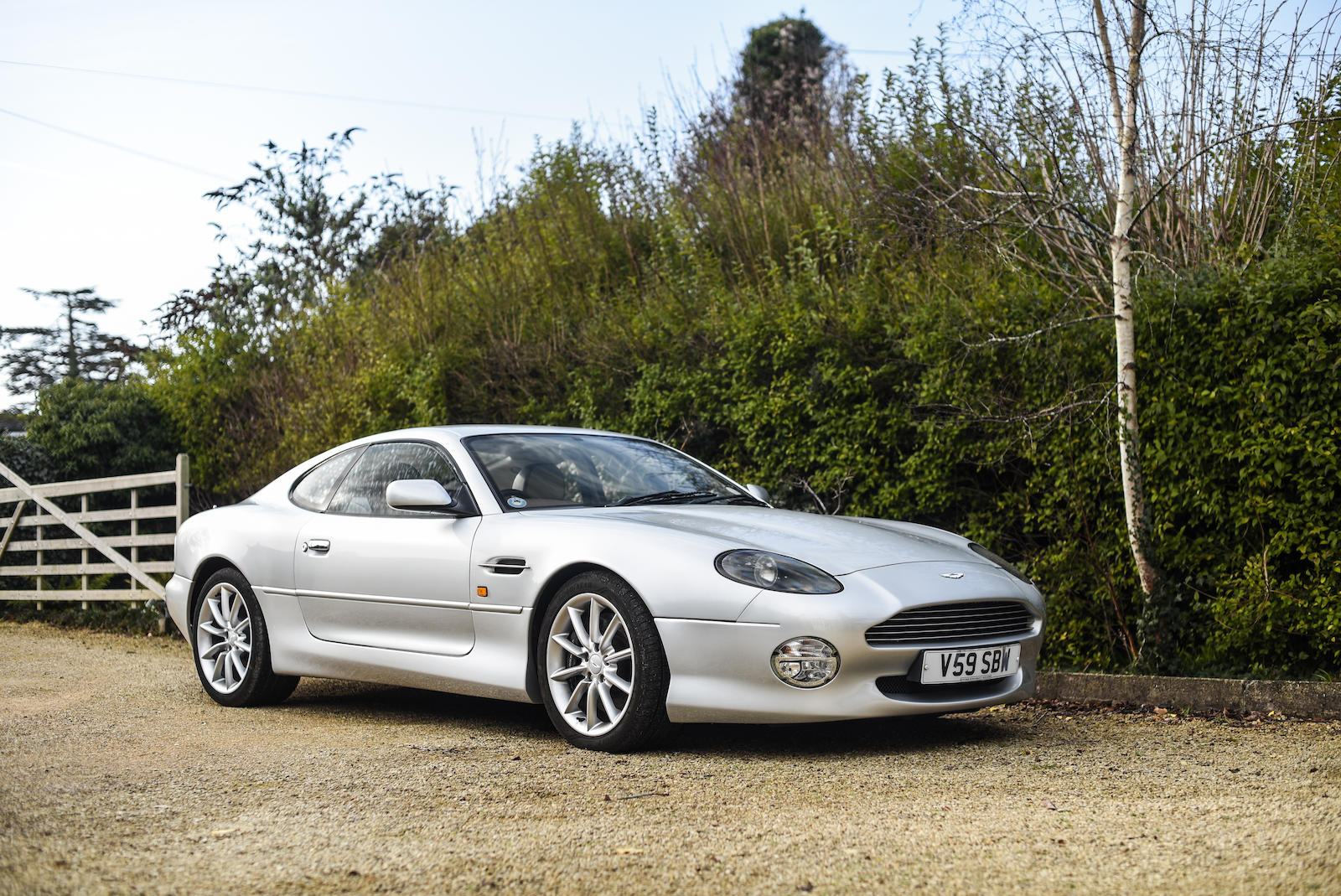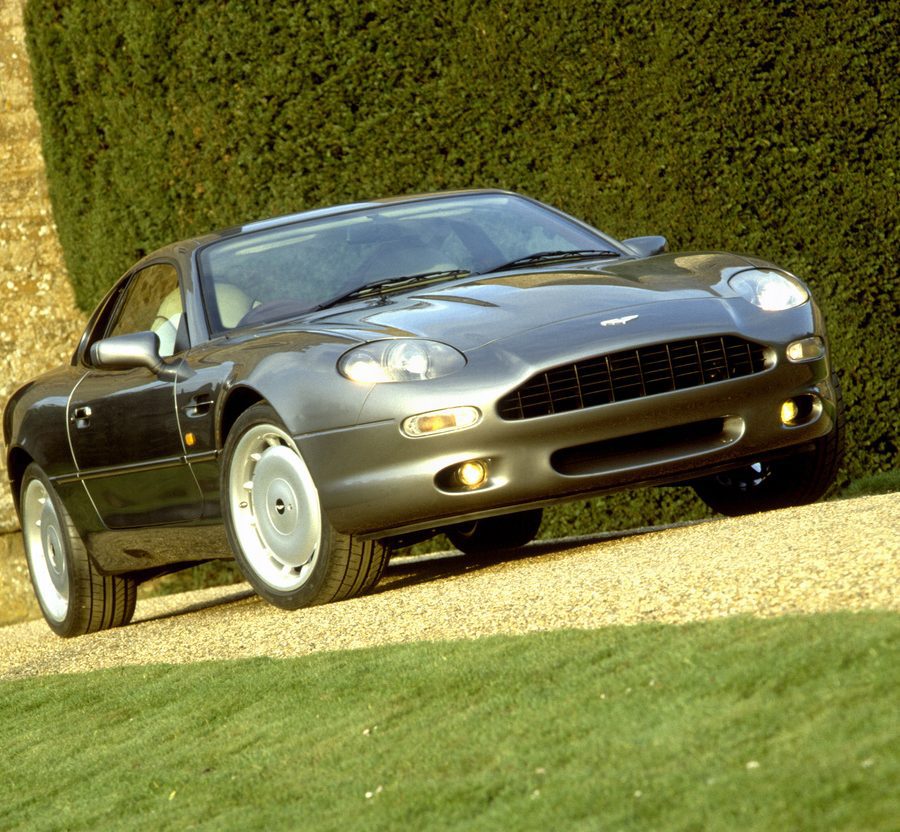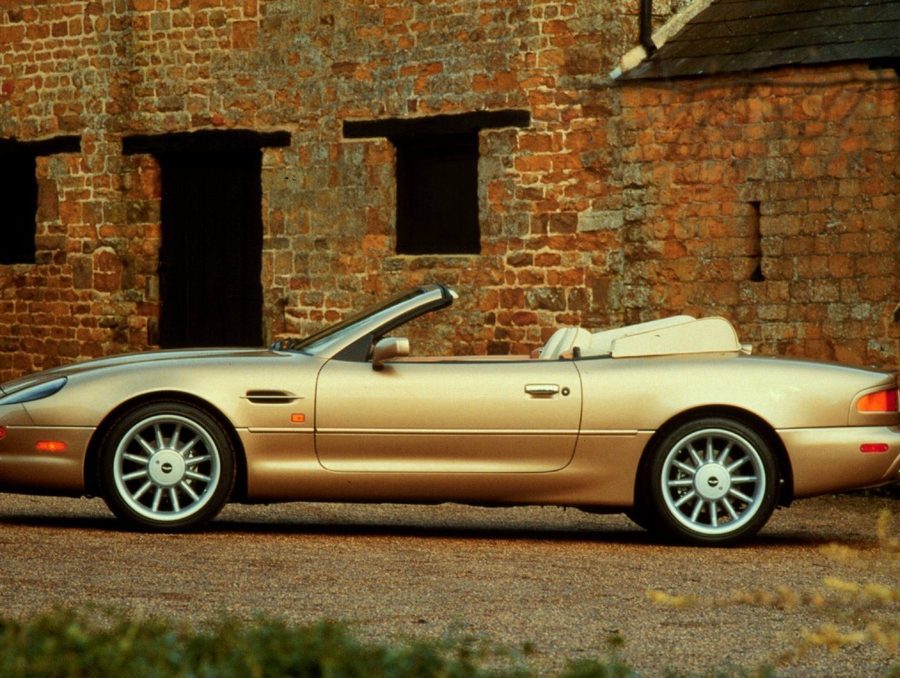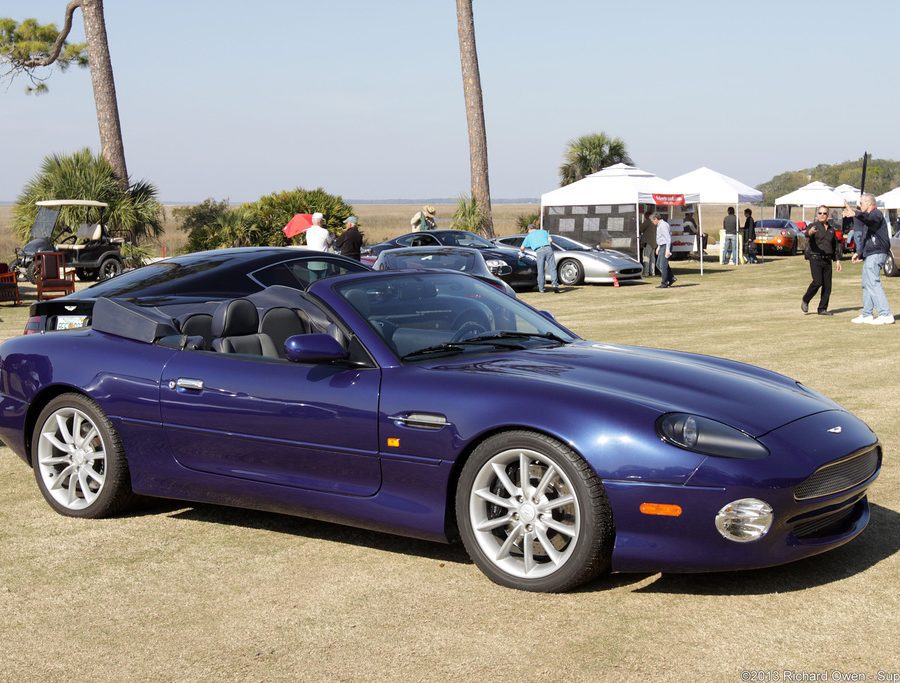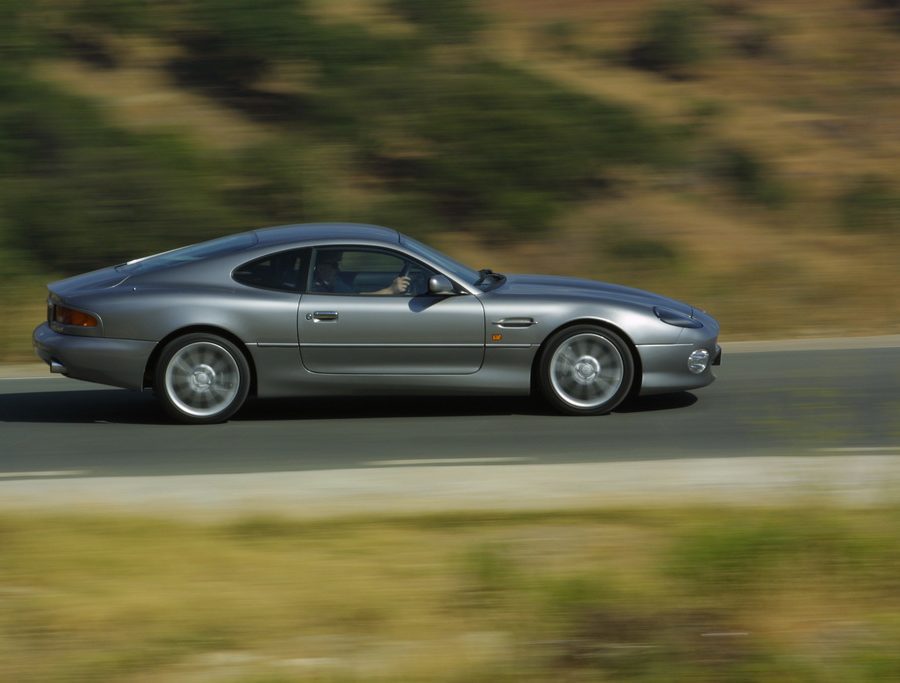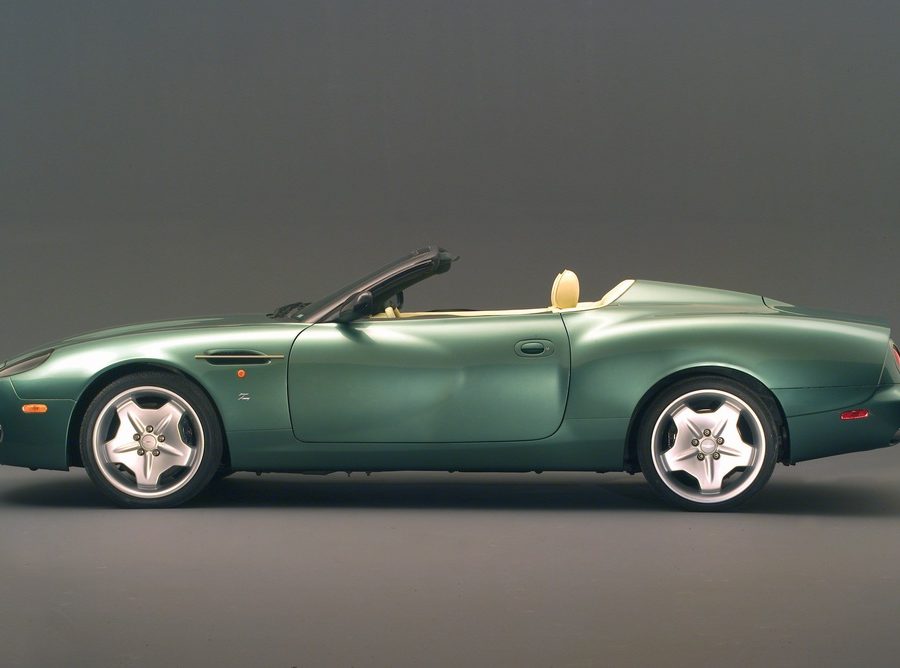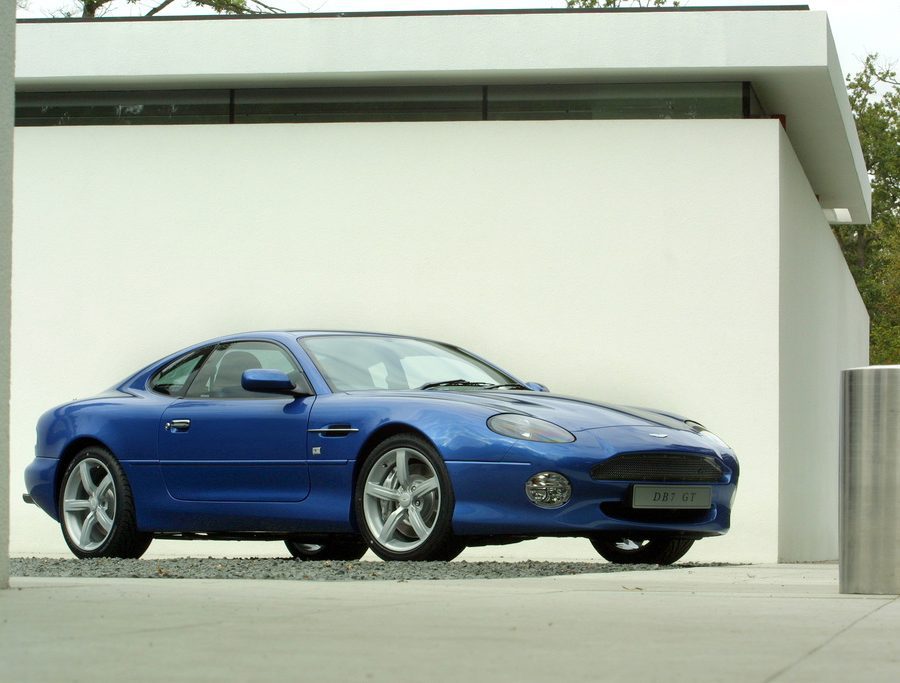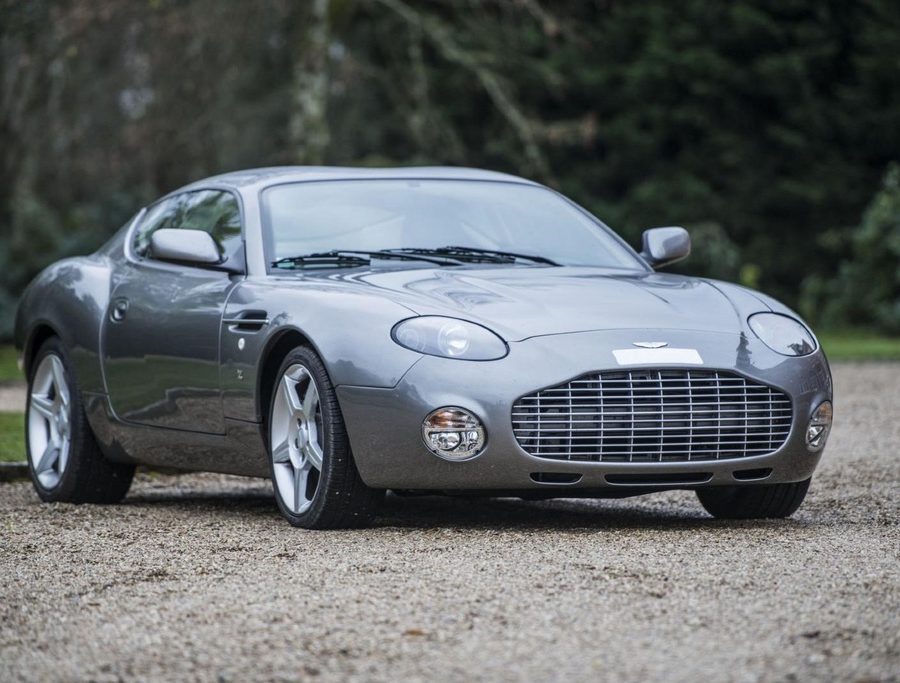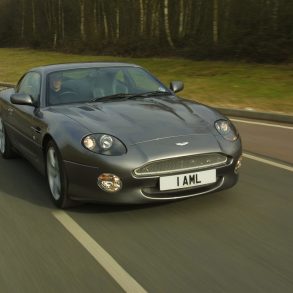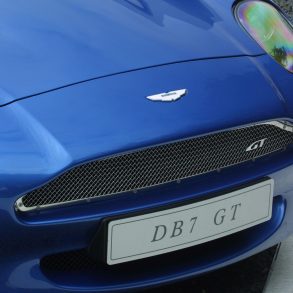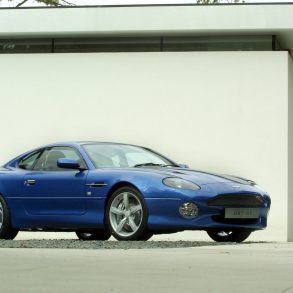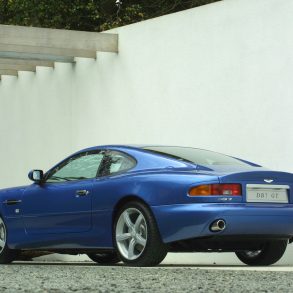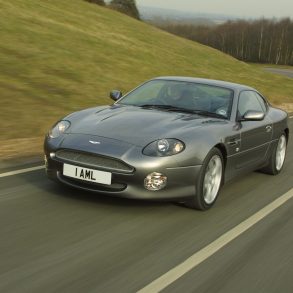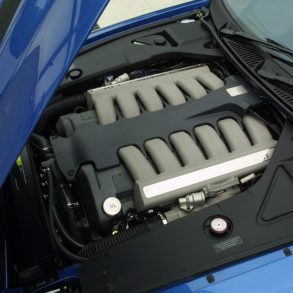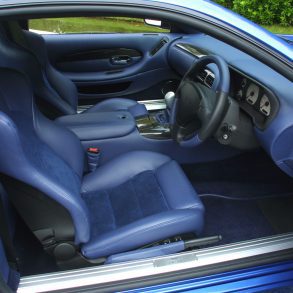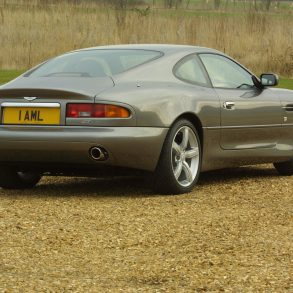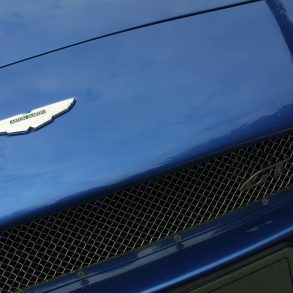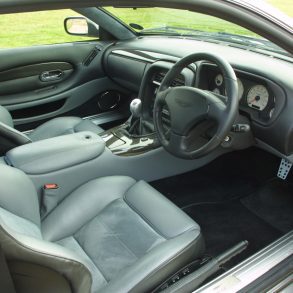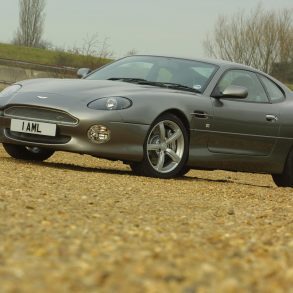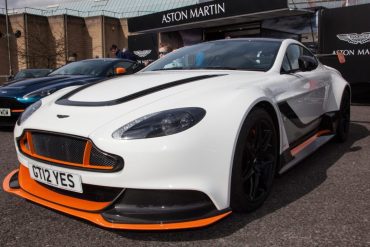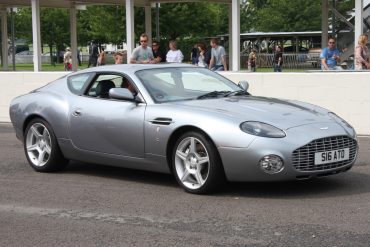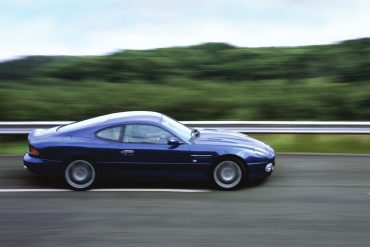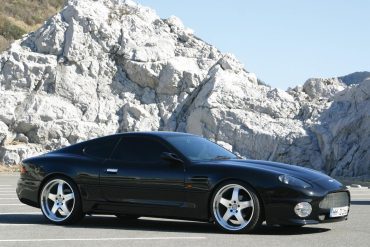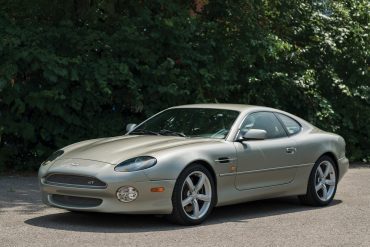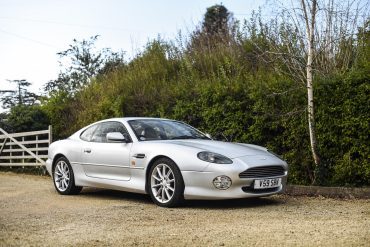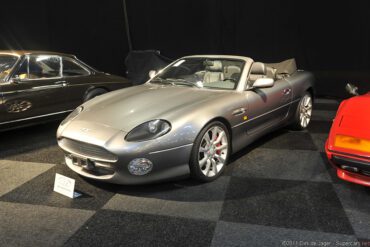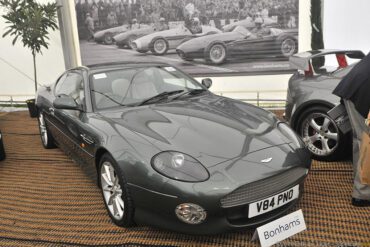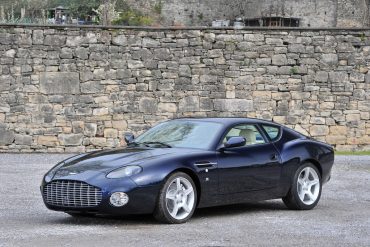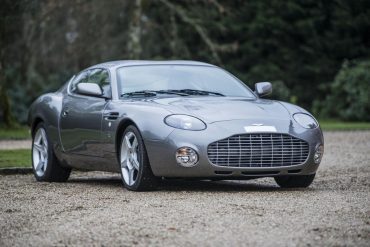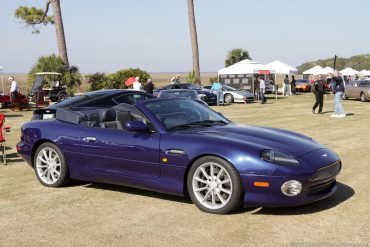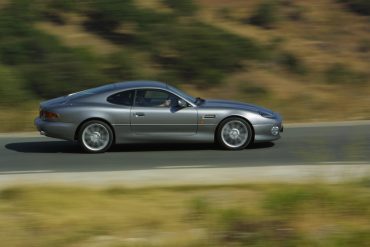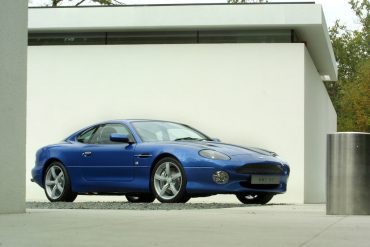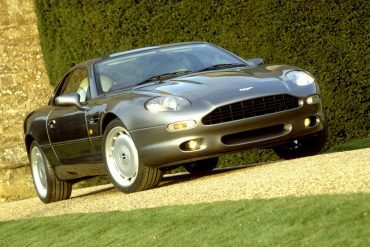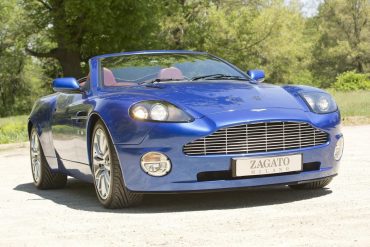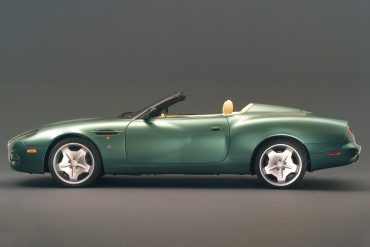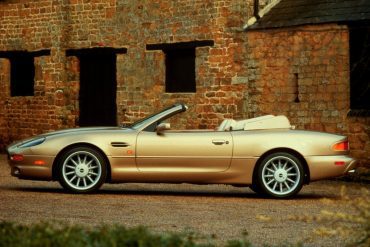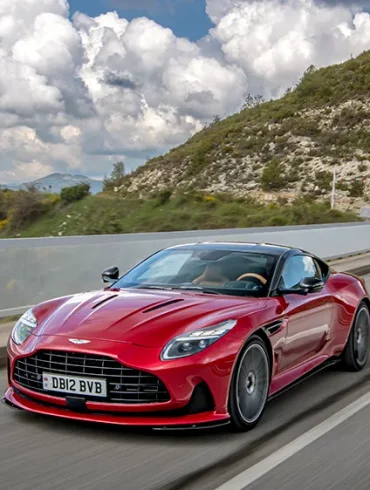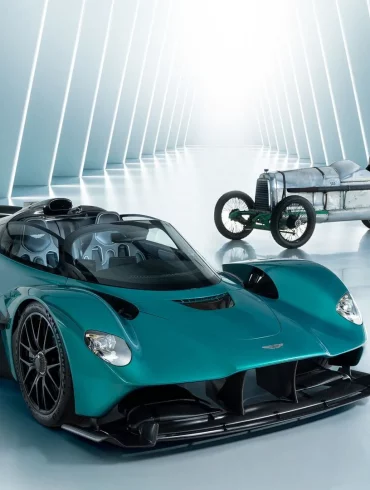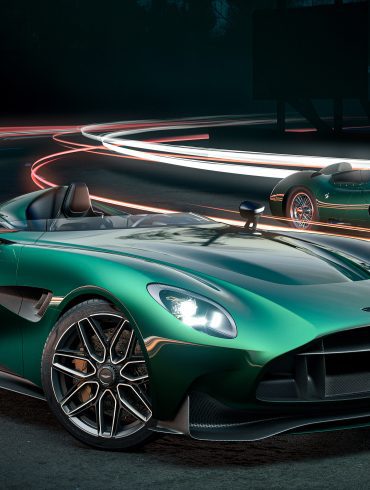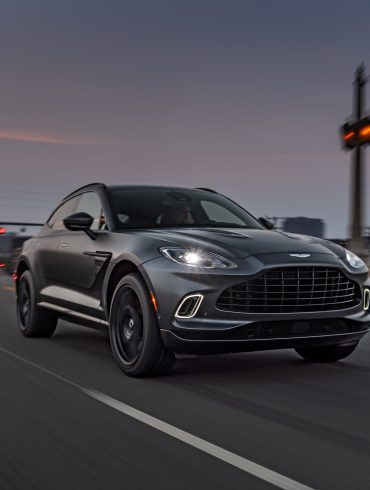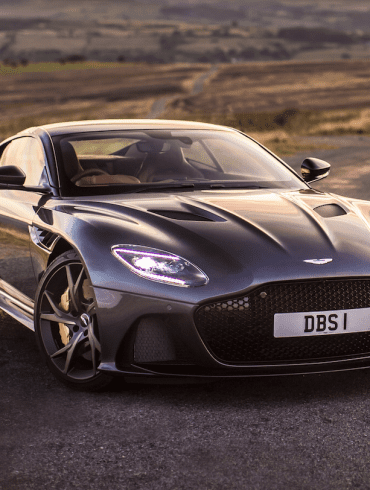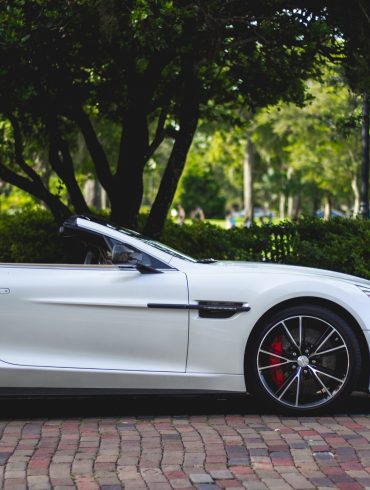1994→2003 Aston Martin DB7 Under the direction of Ford Motor Company, the DB7 was engineered by Tom Walkinshaw Racing as a smaller alternative to the V8 Vantages. TWR worked with both Jaguar & Ford components and the result was the first regular steel bodied Aston Martin. Ian Callum was responsible...
Aston Martin DB7
1993 - 2004
The Aston Martin DB7 is a grand tourer that was produced by the British luxury car manufacturer Aston Martin from 1994 to 2004. It is one of the most significant models in the company's history, both for its sales success and for marking Aston Martin's revival in the 1990s. The DB7 is often credited with saving Aston Martin from bankruptcy, thanks to its appeal and the volume of sales it generated.
Overview / Model & Variant List / Models In-Depth / Image Gallery / More Updates
Overview
The Aston Martin DB7 is a grand tourer that was produced by the British luxury car manufacturer Aston Martin from 1994 to 2004. It is one of the most significant models in the company's history, both for its sales success and for marking Aston Martin's revival in the 1990s. The DB7 is often credited with saving Aston Martin from bankruptcy, thanks to its appeal and the volume of sales it generated.
The DB7 was designed by Ian Callum, who would later become known for his work with Jaguar. The car's design was a departure from the more angular lines of its predecessors, featuring smooth, flowing curves that were contemporary and well-received by both critics and the public. Initially developed under the code name "NPX," the DB7 project was a result of the collaboration between Ford Motor Company, which owned Aston Martin at the time, and Jaguar. The DB7 was built on a modified Jaguar XJS platform and shared some components with Jaguar, helping to reduce development costs and time.
The DB7 was initially launched with a supercharged 3.2-liter inline-six engine, producing around 335 horsepower. It was available in both coupe and convertible (Volante) forms. The DB7's performance varied by model. The original inline-six models could accelerate from 0-60 mph in about 5.7 seconds. The top speed ranged from about 165 mph for the inline-six to over 180 mph for the V12 versions.
In 1999, the DB7 was significantly updated and renamed the DB7 Vantage. This version featured a new 5.9-liter V12 engine, producing 420 horsepower, which offered significantly improved performance over the inline-six, good for a sprint from 0 - 60 mph in 5 seconds flat. The Vantage was also available as both a coupe and Volante.
Throughout its production, several special editions and limited-run models were introduced, including the DB7 Zagato and the DB7 GT and GTA, which featured various enhancements to performance, aesthetics, and exclusivity.
The DB7 is hailed for its beauty, performance, and the role it played in revitalizing Aston Martin as a brand during the 1990s. It was the highest-production model in Aston Martin's history at the time, with more than 7,000 units built. Its success paved the way for future models like the DB9 and the V8 Vantage, establishing a design and engineering language that would influence the brand for years to come.
The DB7's blend of elegant design, luxurious appointments, and powerful performance helped reestablish Aston Martin as a premier luxury sports car manufacturer, making it a pivotal model in the company's storied history.
Fun Fact
Launched at the 2002 British Motor Show, the manual GT and automatic GTA were the most sporting versions of the DB7, powered by a revised V12 engine tweaked to deliver 435 bhp coupled to a six-speed manual transmission (GT) or in normal Vantage 420 bhp tune with a five-speed Touchtronic gearbox (GTA). Production of the GT and GTA only lasted for a few months, making these the rarest and most desirable versions of the DB7 range. Only 191 examples of the DB7 GT were built, while the GTA was rarer yet, with just 112 produced.
Virage Models & Derivatives
The straight 6 cylinder coupe version of the DB7 was unveiled to lots of excitement in 1993. It was joined by the convertible Volante in the 1996 model year. For true enthusiasts, the best DB7 was the V12 engined Vantage which got crowds excited when it was unveiled at the 1999 Geneva Motor Show. During 2002, two more DB7’s were announced, the limited edition DB7 V12 Zagato and the DB7 V12 GT. In 2003 there was also a very limited edition DB AR1 roadster, with its stunning Zagato body made just for the U.S market.
Aston Martin DB7 Inline 6
Aston Martin DB7 i6 Prototype, Project NPX
Aston Martin DB7 i6 Coupe
Aston Martin DB7 i6 GT Compitition Prototype
Aston Martin DB7 i6 Volante prototype
Aston Martin DB7 i6 prototypes to race spec
Aston Martin DB7 i6 Volante
Aston Martin DB7 i6 GTS
Aston Martin DB7 i6 Driving Dynamics
Aston Martin DB7 i6 Alfred Dunhill
Aston Martin DB7 i6 Alfred Dunhill Volante
Aston Martin DB7 i6 Driving Dynamics Volante
Aston Martin DB7 i6 Neiman Marcus Volante LE
Aston Martin DB7 i6 GTS II
Aston Martin DB7 i6 Beverly Hills LE
Aston Martin DB7 i6 Stratstone LE Volante
Aston Martin DB7 i6 Stratstone LE coupe
Aston Martin DB7 V8 by Works Service
Aston Martin DB7 V8 GT1 for Le Mans
Aston Martin DB7 V12 Vantage
Aston Martin DB7 V12 prototype by TWR
Aston Martin DB7 V12 Vantage
Aston Martin DB7 V12 Vantage Volante
Aston Martin DB7 V12 Vantage GTS II
Aston Martin DB7 V12 Vantage Volante LWB
Aston Martin DB7 V12 Vantage Visual Dynamics
Aston Martin DB7 V12 Vantage Stratstone Jubilee
Aston Martin DB7 V12 Vantage Stratstone
Aston Martin DB7 V12 Vantage Volante GTS II
Aston Martin DB7 V12 GT
Aston Martin DB7 V12 GTA
Aston Martin DB7 V12 Vantage Keswick LE
Aston Martin DB7 V12 Vantage Volante Keswick LE
Aston Martin DB7 Anniversary Edition
Aston Martin Twenty Twenty by Italdesign - Giugiaro
Aston Martin DB7 V12 Vantage Prototype Racecar
Aston Martin DB7 & Zagato
Aston Martin DB7 Zagato Prototype 'Georgia'
Aston Martin DB7 Zagato
Aston Martin DB AR1


